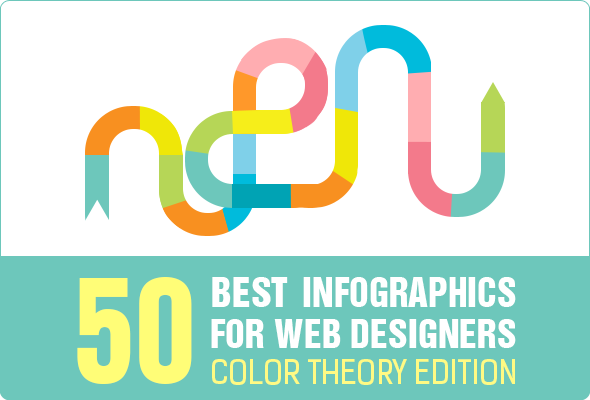The Development Of Website Design: Then And Currently
The Development Of Website Design: Then And Currently
Blog Article
Write-Up Created By-Kinney Molina
In the past, websites were easy and focused on information. Navigating was direct, and design was for desktops. Currently, user experience is key. Data overviews designs for simple navigation. Receptive designs match various devices. https://knowtechie.com/how-to-reinforce-your-digital-marketing-strategy/ , dark setting minimizes pressure, and minimal food selections boost navigating. Interactive attributes involve individuals, and bold visuals stand out. AI integration increases engagement. See how Read Alot more has evolved to boost your online trip.
Early Days of Web Design
In the very early days of web design, simplicity reigned supreme. Websites were standard, with restricted shades, font styles, and layouts. The focus got on providing information as opposed to flashy visuals. Customers accessed the web through sluggish dial-up connections, so speed and capability were vital.
Navigation food selections were straightforward, typically located at the top or side of the web page. Sites were designed for computer, as mobile browsing had not been yet common. Material was king, and designers prioritized very easy readability over intricate style elements.
HTML was the key coding language used, and designers needed to function within its restrictions. Animations and interactive features were minimal compared to today's standards. Sites were fixed, with little vibrant material or individualized individual experiences.
Increase of User-Focused Style
With the advancement of website style, a shift towards user-focused style concepts has actually become progressively noticeable. Today, developing sites that focus on customer experience is important for engaging site visitors and achieving service goals. User-focused layout involves comprehending the needs, preferences, and behaviors of your target audience to tailor the site's layout, content, and includes as necessary.
Developers currently carry out detailed research study, such as individual surveys and functionality screening, to gather insights and feedback straight from individuals. This data-driven technique aids in producing intuitive navigation, clear calls-to-action, and aesthetically attractive user interfaces that resonate with visitors. By putting the customer at the facility of the layout process, internet sites can provide a more personalized and delightful experience.
Responsive layout has actually likewise become a vital element of user-focused style, ensuring that websites are maximized for numerous gadgets and screen sizes. This versatility enhances availability and functionality, catering to the varied means customers communicate with websites today. Essentially, the increase of user-focused style indicates a change in the direction of developing electronic experiences that focus on the needs and assumptions of completion individual.
Modern Trends in Website Design
Check out the most up to date patterns forming website design today. One famous pattern is dark setting layout, providing a sleek and modern appearance while lowering eye stress in low-light atmospheres. One more crucial fad is minimal navigating, streamlining food selections and improving customer experience by concentrating on essential elements. Incorporating micro-interactions, such as animated switches or scrolling effects, can create a much more interesting and interactive internet site. Receptive design remains important, ensuring seamless individual experiences throughout various tools. In addition, using strong typography and unbalanced formats can include visual passion and draw attention to specific web content.
Integrating AI modern technology, like chatbots for customer assistance or individualized referrals, improves customer engagement and streamlines procedures. Availability has also become a substantial fad, with designers prioritizing inclusive layout methods to accommodate diverse individual requirements. Welcoming sustainability by optimizing internet site performance for rate and performance is one more emerging pattern in web design. Collaborating with customer comments and data analytics to repeat and enhance layout constantly is necessary for staying appropriate in the ever-evolving electronic landscape. By welcoming these modern fads, you can create a visually attractive, straightforward site that resonates with your audience.
Conclusion
As you reflect on the development of internet site style from the early days to currently, you can see how user-focused design has actually ended up being the driving force behind modern-day patterns.
Embrace the trip of adjustment and adaptation in website design, constantly keeping the user experience at the forefront.
Remain present with the most recent trends and modern technologies, and never ever stop developing your strategy to create visually sensational and easy to use sites.
Develop, adapt, and create - the future of website design remains in your hands.
